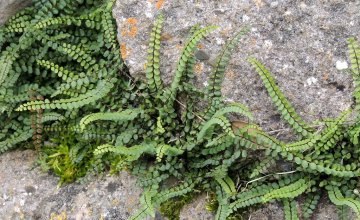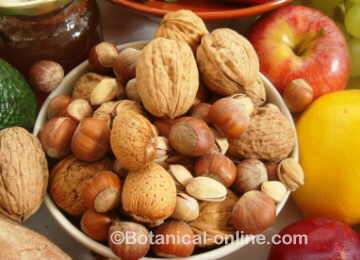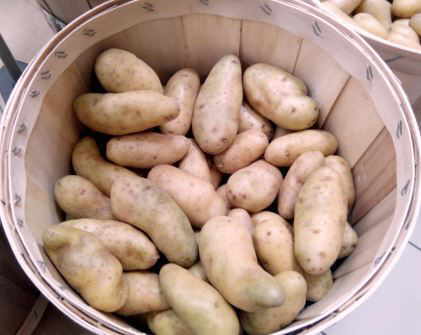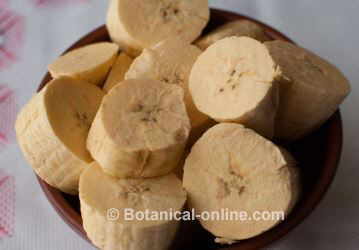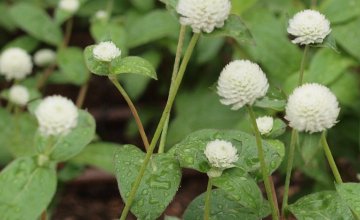Contents [show]
What is a transgenic plant?
Characteristics of transgenic plants
A transgenic plant is defined as one that has been genetically modified through biotechnology or genetic engineering in order to achieve improvements in the quality of the final product and benefits for humans.
Beyond the classic definition, the truth is that transgenics also allow to increase the profitability of crops, and often do so at the expense of environmental health.
They can also become a very profitable business for private companies that have the patent for these seeds (only 6 companies control the market for transgenic seeds worldwide).
What is GMO?
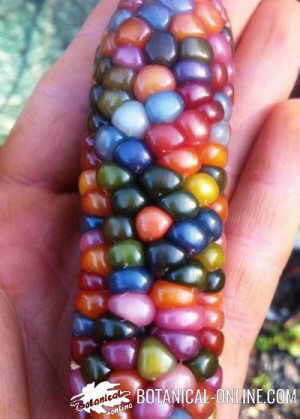
The acronym GMO comes from the English Genetically Modified Organism.
Differences between natural and artificial transgenics
Genetic exchanges between species exist in nature since ancient times, and without the intervention of man.
With the discovery of farming techniques, man began to select seeds of genetically better varieties, getting most of the vegetables we consume today, with nutritional and organoleptic characteristics significantly higher than those grown 10,000 years ago.
However, the genetic exchange techniques that have improved agriculture so far are not the same as the new transgenic plants. The new thing about transgenics is that these genetic modifications are made with biotechnology and genetic engineering, that is, by selecting genes in a laboratory. This has allowed mixing any plant with the genetic material of another plant, bacteria, fungus, virus or animal. In other words, “unnatural” genetic exchanges can now be achieved, which would never occur spontaneously in nature.
What are the differences between obtaining varieties of plants through agricultural techniques, and with GM technology?
What differentiates GMOs from farming techniques and natural gene exchanges between plants that occur naturally (without genetic engineering) is that the method of obtaining GMOs is completely new and extends the possibilities of genetic crossings in an unnatural way , with possibilities that would never occur in nature, such as crossing a plant’s genes with those of an animal, with unknown consequences.
How are GMO plants and foods produced?
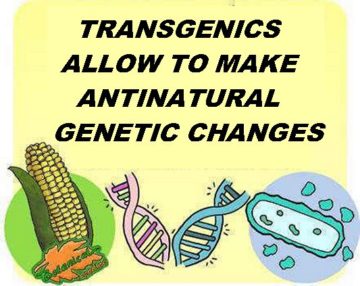
Sophisticated genetic engineering techniques are needed to produce or create a GMO transgenic. For example, enzymes are used as DNA scissors, and then paste that piece into the genetic material of another organism (technically speaking of exogenous genes and horizontal gene transmission).
With this technology you can mix the genes of a plant with those of other plants or genes between plants and animals, fungi or bacteria. Of course, due to the complexity of the genome, in this type of tests there are many more errors than successes.
Why does the transgenic concept generate so much confusion?
An argument that confuses discussions about transgenics a lot is that the term under which it has been baptized: “genetically modified organism” can be interpreted in many ways.
It is common for people who are not experts to fall into a difficult scientific word game, although their common sense tells them that it is not a natural genetic modification but an artificial one.
It would probably be more correct to use a more precise denomination, as an organism modified by genetic engineering, which allows to create unnatural genetic material.
Types of transgenic foods and transgenic plants that exist
The types of transgenic plants that have been developed have achieved the main advances or advantages:
- Genetically tolerant plants to certain herbicides (most are of this type)
- Plants genetically resistant to certain insecticides
- Plants genetically resistant to certain herbicides and insecticides
What are the main transgenic plants or GMO?
Soy ranks first in terms of the number of GM crops worldwide (58% in the year 2000). It is followed by corn (23%), cotton (12%) and rapeseed or canola.
![]() More information on transgenics
More information on transgenics

